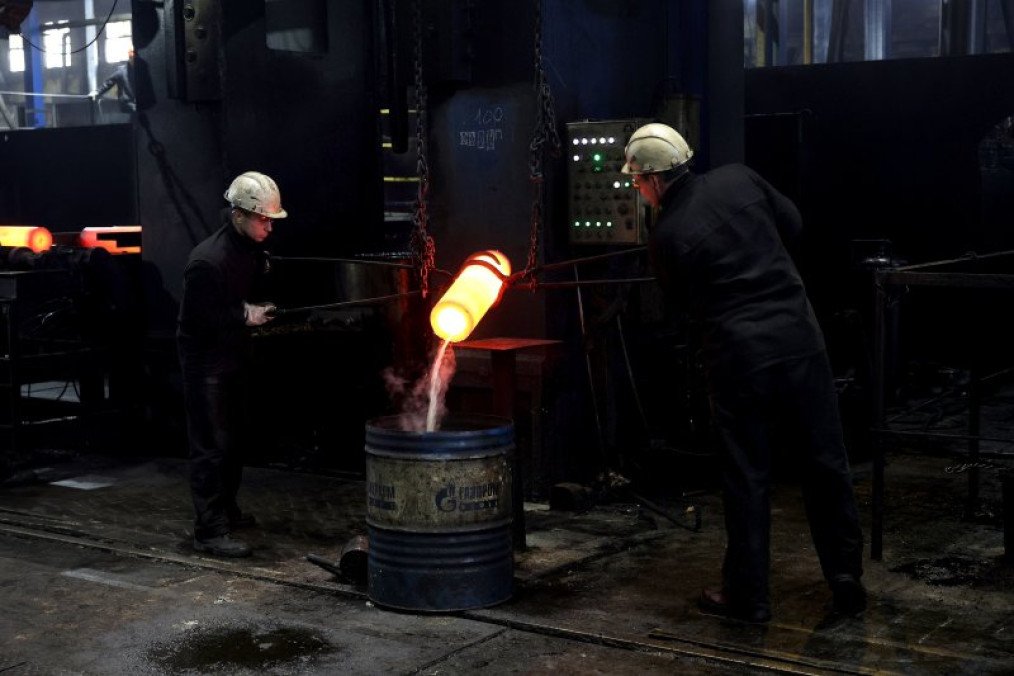- Category
- Latest news
Russia Builds New Explosives Plant in Siberia to Shield It From Long-Range Ukrainian Strikes

Russia is constructing a large new explosives production facility deep in Siberia, far beyond the reach of most Ukrainian drones, in a strategic effort to safeguard and scale up its munitions manufacturing amid the ongoing war in Ukraine, according to Reuters on May 8.
An analysis of procurement documents and satellite imagery reviewed by Reuters indicates that the facility is part of a major expansion of the Sverdlov Plant—a state-owned producer of military-grade explosives—and is located near the city of Biysk, approximately 3,000 kilometers (1,864 miles) east of Moscow.
Its remote position was likely chosen to protect the site from long-range drone strikes, which have previously targeted Russia’s defense industry.
The project is being overseen by Russia’s Ministry of Defense and is designed to significantly boost domestic production of explosives used in artillery shells and other munitions.
Once operational, the new production line is expected to generate up to 6,000 tons of explosive material annually — enough to fill approximately 1.28 million 152mm OF-29 artillery shells.
-0fb2ae4b19378976e0bf42d513494bf7.jpg)
The expansion comes as Russia faces mounting logistical challenges. In 2024, it reportedly produced around 2 million shells domestically and imported another 2.7 million from North Korea, although many of the imported rounds were found to be of poor quality. This has reinforced Moscow’s dependence on internal manufacturing to sustain its war effort.
Reuters identified dozens of procurement documents dated between February 2023 and September 2024, detailing infrastructure upgrades at the Biysk Oleum Plant (BOZ), where the new production line is under construction.
The plans include coded references to RDX (hexogen) and potentially HMX (octogen), powerful military-grade explosives. Technical documents also mention components such as urotropine and nitric acid, essential to RDX production.
According to Reuters, the facility is expected to begin operations in 2025 and could play a key role in extending Russia’s ability to maintain high-volume artillery firepower while reducing its exposure to Ukrainian precision strikes.
Earlier, Russia opened a new Shahed-type drone production facility in Izhevsk, repurposing a former nuclear equipment site to assemble loitering munitions under the name “Garpia-A1.” The plant operates alongside the Alabuga facility, using different engines and structural designs, and has helped double the frequency of drone attacks on Ukraine, according to IISS and European intelligence reports.







-111f0e5095e02c02446ffed57bfb0ab1.jpeg)
